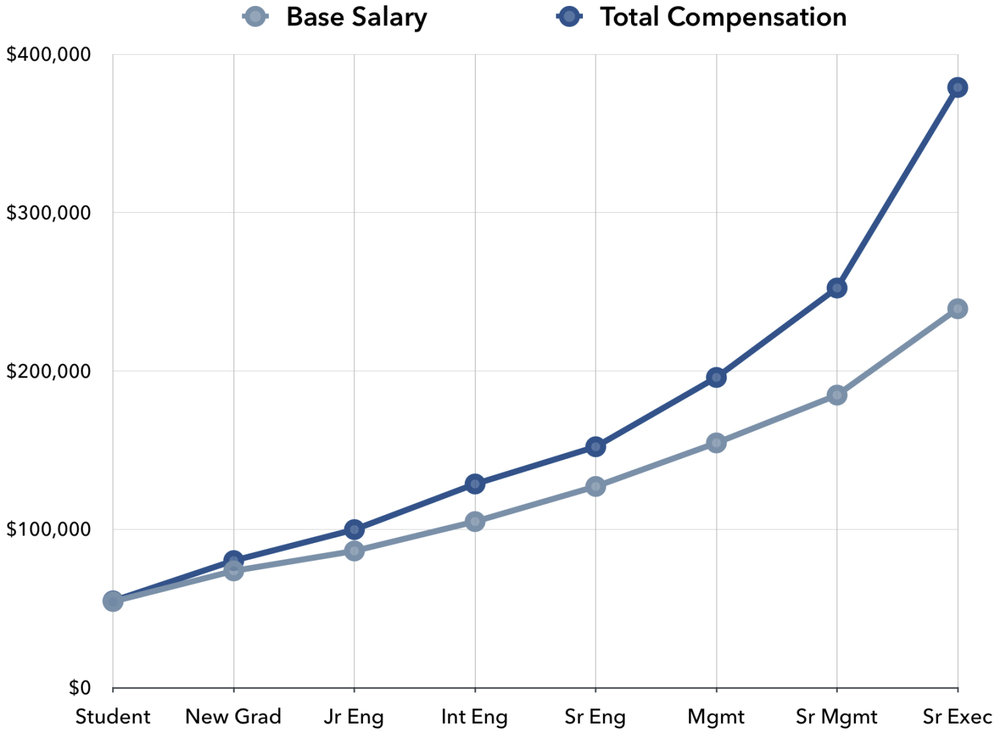
Reverse engineering is the process of reversing an established device, process or system. These methods are used in both military and commercial espionage. This technique is used in many industries to gain access and improve their products. This process is considered ethical, but it is not always legal.
Reverse engineering is an option
Reverse engineering is the process of reducing something to its simplest parts. The goal of reverse engineering is to better understand and improve that thing. This process can be useful when companies need to re-create a product or a part of a product. It can also be useful in recovering lost designs.
It can be legal
The practice of reverse engineering allows for independent learning about a product and/or process. It involves deconstructing or obtaining specifications to create a similar program. This practice is generally legal. This practice is legal, but there are some things you need to be aware of. First, the person must have obtained the product by fair and honest means. Fair use is defined as the acquisition of a product, process, or product that has a negative effect on the original product's value or product.

It can be used to spy on commercial and military targets
Reverse engineering can serve many purposes, including corporate and military espionage. Reverse engineering can also be used for CAD data saving, especially in the unfortunate event of a damage or loss. It can also protect cultural relics. In addition, reverse engineering can help improve product documentation. It can even be used for the replacement of parts. Sometimes, the original manufacturer may not be able to support the product anymore.
It can also be funded by the federal government
A reverse engineering project can be funded by the government. This is the process of creating new products with existing components. Developing countries have a large pool of highly skilled workers and relatively low salaries, making it a great option for companies looking to innovate. It's also less expensive to create products in developing countries than in the developed world. Reverse engineering projects must be developed by companies that follow certain design principles.
It's a multistep process.
Engineering reverse is the creation of a physical object by computer-aided design software (CAD). The goal of the process is to replicate an object's features and dimensional accuracy. The process allows users to modify the design and create a production plan.
It is a software environment
Reverse engineering allows you to extract system abstractions from software in order to reuse, develop, and maintain it. This involves identifying the artifacts, such code and the interface, that comprise a software-system. This information is then available to reverse engineer in order to create new software.

It's a team-based effort
Engineering reverse, a team-based technique that converts a physical design to a 3-D model, is a collaborative process. The team then performs a variety if tasks in the model, such filling holes and creating primitives. Engineers can then use this data to create new parts. Reverse engineering is used for competitor analysis as well as design development.
FAQ
What does a Chemical Engineer Do?
To develop chemicals, products, technologies, or processes, chemical engineers must combine math, science and engineering.
Chemical engineers can specialize in areas such as petroleum refining, pharmaceuticals, food processing, agriculture, textiles, plastics, paper, mining, metallurgy, and power generation.
They work closely together with scientists and other researchers to solve technical difficulties.
Do I need a degree to become an engineer?
Engineering does not require a bachelor's Degree. Many employers prefer applicants with degrees. Online classes are also available if you don’t have a degree.
Which engineering discipline is the most difficult?
The greatest engineering challenge is designing a system that is strong enough to withstand all types of failure, yet flexible enough for future changes.
This requires extensive testing and iteration. You must also understand how the system should react when everything goes wrong. This is where you must ensure you aren't solving just one problem.
Statistics
- 2021 median salary:$95,300 Typical required education: Bachelor's degree in mechanical engineering Job growth outlook through 2030: 7% Mechanical engineers design, build and develop mechanical and thermal sensing devices, such as engines, tools, and machines. (snhu.edu)
- 14% of Industrial engineers design systems that combine workers, machines, and more to create a product or service to eliminate wastefulness in production processes, according to BLS efficiently. (snhu.edu)
External Links
How To
How to Use an Engineering Ruler
Engineers use an engineering ruler to measure distances. Engineers have been measuring distance since ancient times. Around 3000 BC, the world's first measured device was developed.
In the modern era, we still use rulers, but they have changed significantly. The most common type of ruler today is called a metric ruler. These rulers can be marked in millimeters (0.039 inches) Metric rulers are generally rectangular in form and available in many sizes. Some rulers include millimeters, centimeters, or graduations. For example, 1 cm equals 2.54 mm.
You won't find engineers today using a traditional manual ruler. They would use a digital version that measures in millimeters. It functions in the same way as a regular digital scale but has markings that correspond to different length units. Learn more about them here.